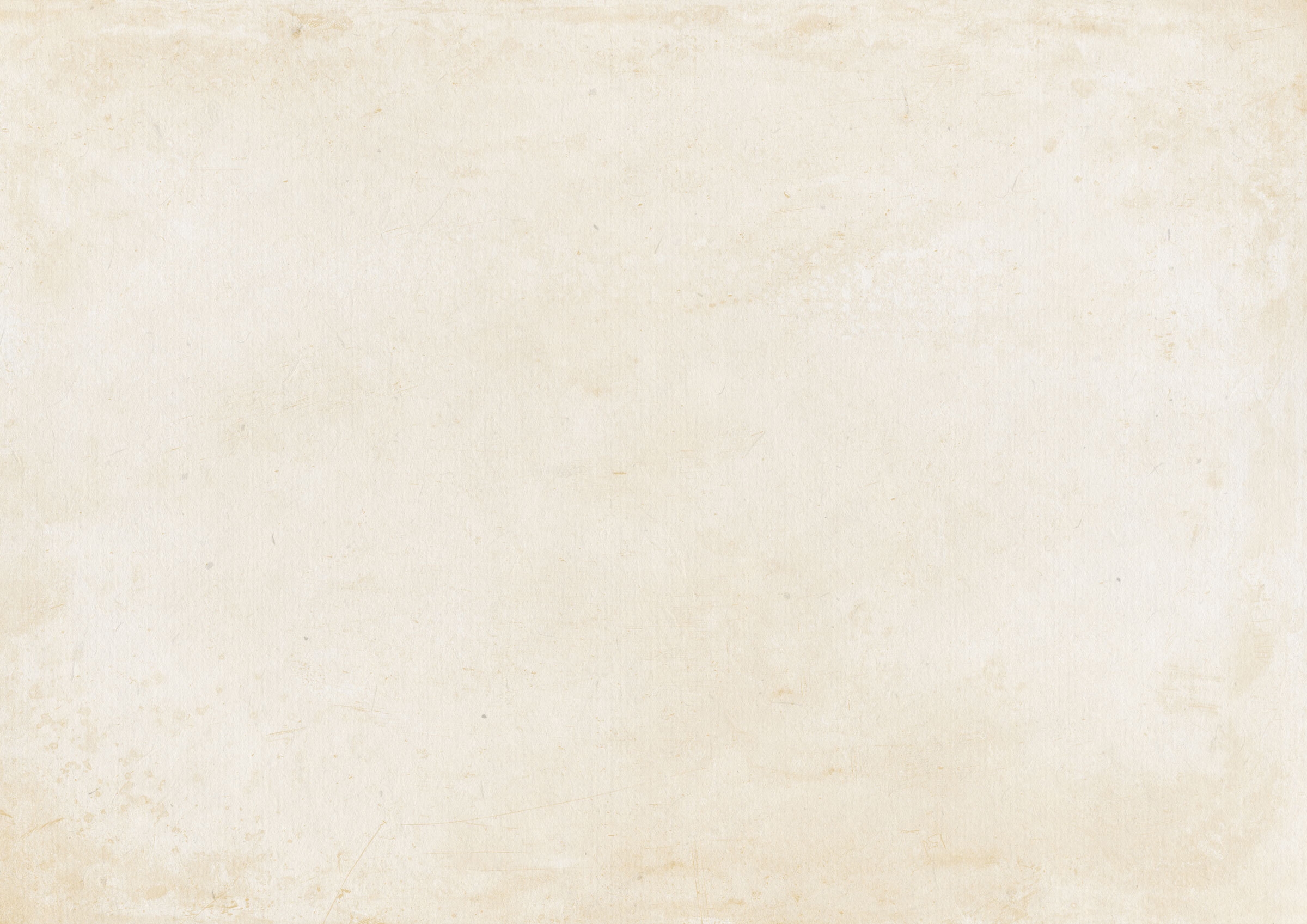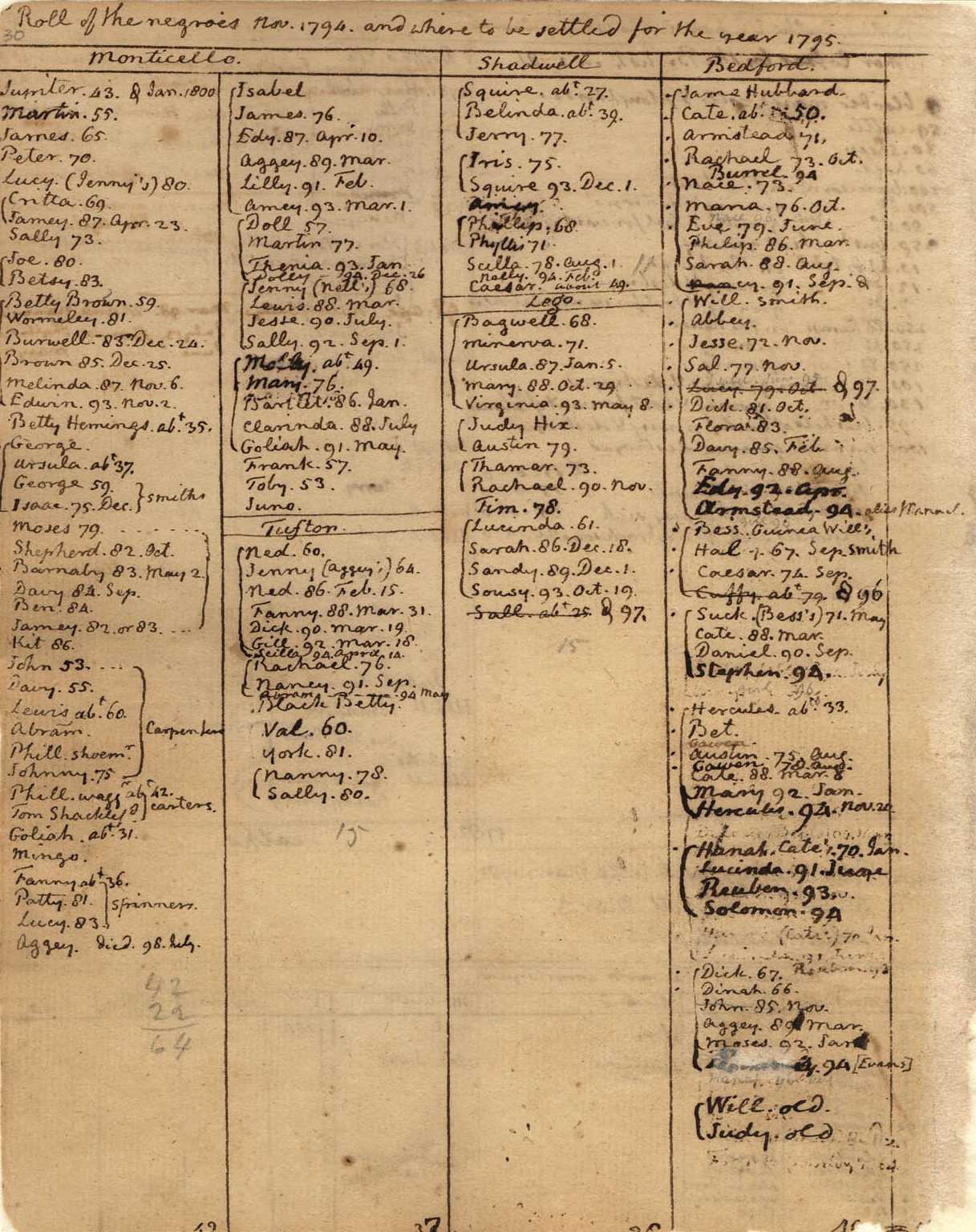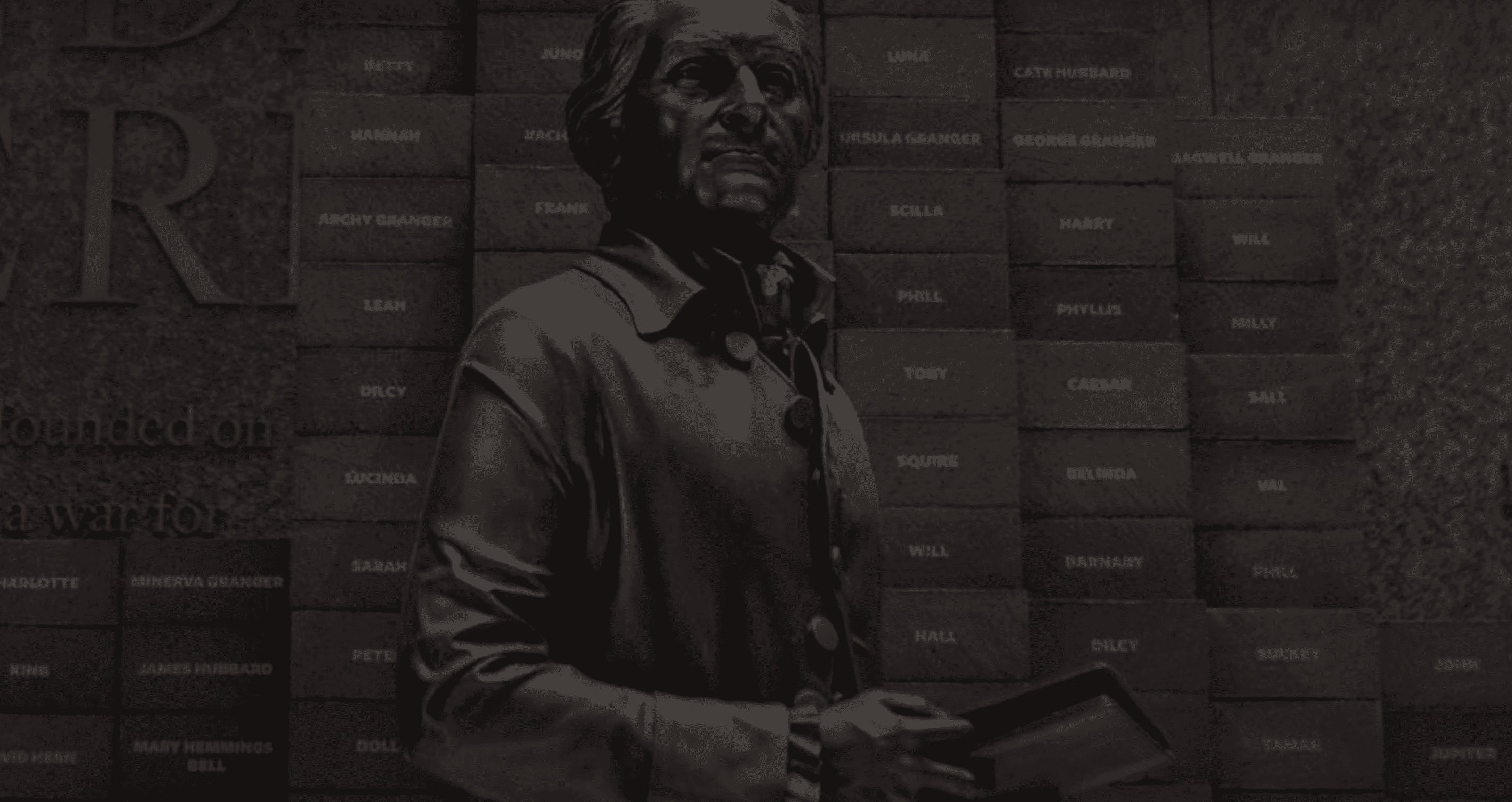Chapter 3
Paradox of Liberty & the Founding of America
The paradox of the American Revolution―the fight for liberty in an era of widespread slavery―is embedded in the foundations of the United States. The tension between slavery and freedom—who belongs and who is excluded—resonates through the nation’s history and spurs the American people to wrestle constantly with building “a more perfect Union.” This paradox was embedded in national institutions that are still vital in the nation to this day.
Thomas Jefferson and the Limits of Freedom
Portrait of Thomas Jefferson by Rembrandt Peale, 1800
Thomas Jefferson helped to create a new nation based on individual freedom and self-government. Yet over the course of his life, Jefferson himself enslaved 609 Black people. Their labor and service provided him personal liberty and wealth. Like Jefferson, 12 of the first 18 American presidents enslaved Black people. The Declaration did not extend "Life, Liberty, and the pursuit of Happiness" to all Americans, undermining the ideal that "all men are created equal."
Drafting the Declaration of Independence
Drafting the Declaration of Independence
Drafting the Declaration of Independence
In June 1776, as the colonies moved towards war and revolution, the Continental Congress appointed a committee of six men to draw up a statement about why independence was necessary. Thomas Jefferson took the lead, and the committee revised his work. Jefferson labored to define what freedom was and why separation from England was necessary. As an enslaver of Black people, tyranny was not an abstract idea to Jefferson.
Jefferson included discussions of slavery in the rough draft of the Declaration of Independence. But the drafting committee cut the subject from the document rather than call attention to the contradiction that slavery existed in a land founded on independence.

Determined to keep open a market where MEN should be bought & sold, . . . [The King] is now exciting those very people to rise in arms among us.
Draft of the Declaration of Independence, 1776
Liberty Bound by Slavery
Jefferson Farm Book
Thomas Jefferson wrote justifications for both American independence and racial inequality. Americans return to his ideas to explore the place of slavery and racial discrimination in the United States. Jefferson kept a Farm Book to manage his property, recording the work, births, and deaths of enslaved people. The people he claimed as property include six of his enslaved children and their mother, Sally Hemings. His children inherited, by law, the status of their enslaved mother, who was about 17 at the birth of her first child with Jefferson.
Featured Video
The Paradox of Liberty
The following special feature is a powerful presentation that sheds light on the contradictory life of Thomas Jefferson and pays homage to the 609 people he enslaved in his lifetime and accounted for in his Farm Book.
Enslaved at Monticello
Slave Shackles
Jefferson understood that the African Americans he enslaved produced his wealth and provided him the leisure to read, write, and govern. Slavery was woven into his daily life, as were its contradictions. Most notably, Jefferson had enslaved his own children, the product of a long relationship with Sally Hemings, a woman he enslaved. They inherited their slave status from their young mother.
While Jefferson did not permit the use of shackles on his plantations, slavery was enforced by other means.
Life at Monticello
Learning a Trade: Joseph Fossett, Blacksmith
Monticello was Thomas Jefferson’s home outside Charlottesville, Virginia. About 130 enslaved men, women, and children lived and worked on the estate, which comprised 5,000 acres divided into four farms. Farm laborers lived near the fields where they worked. Domestic workers and artisans lived in log dwellings or in rooms under the main house. Jefferson’s needs and interests dominated their lives, but many enslaved people at Monticello made a way out of no way and sustained their families.
Recent excavations in the slave quarters at Monticello reveal aspects of daily life among the enslaved. Homes promised a bit of privacy away from overseers and a chance to teach and care for family members. Though enslaved people were forbidden to read or write, lead pencils and slates were found beneath their homes.
Traveling to Be with Family
Silhouette of Joseph Fossett
The North Front of President's House
Three of the Fossetts’ ten children were born in the White House. In 1806 Jefferson reported that Joseph Fossett had run away from Monticello, unaware that he was visiting his wife in Washington, D.C.
Learning a Trade: Chef Edith Hern
Silhouette of Edith Hern
During Jefferson’s presidency, Edith Hern Fossett, Joseph’s wife, was sent to the White House in Washington, D.C., to learn French cooking. When Jefferson retired, Fossett became head chef at Monticello. She and seven of their children were sold upon Jefferson’s death. Her husband was freed.

